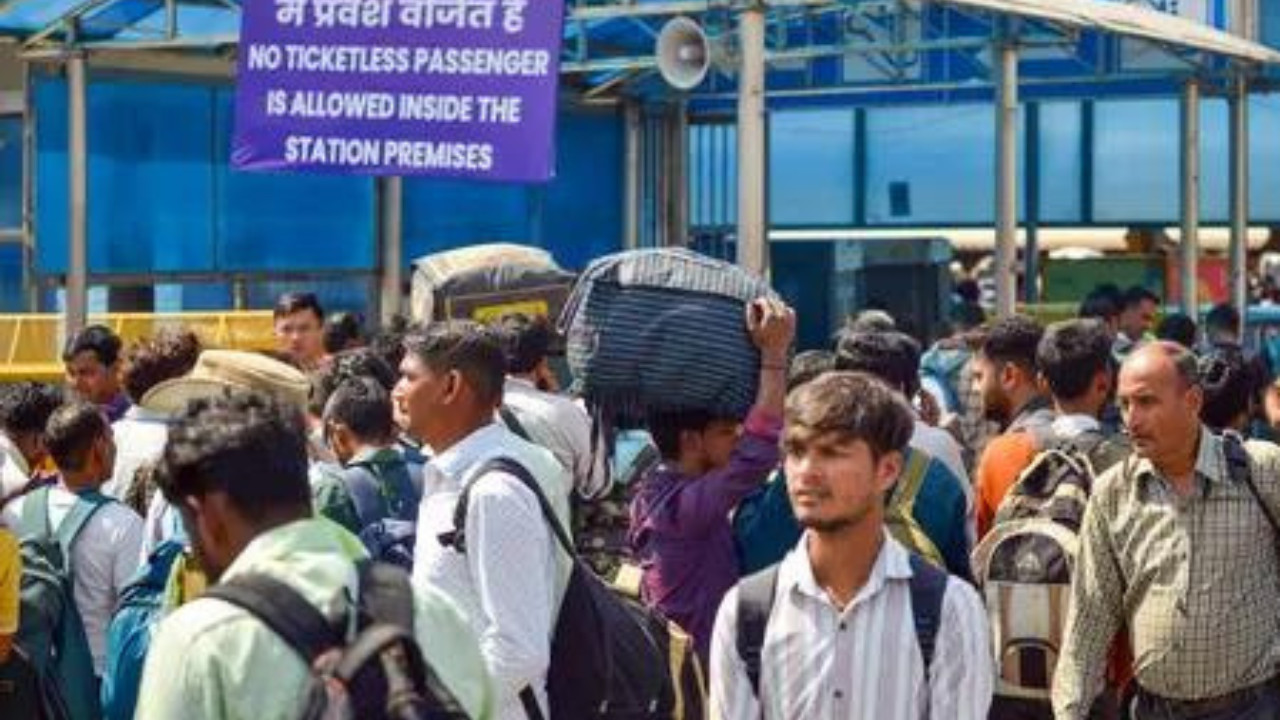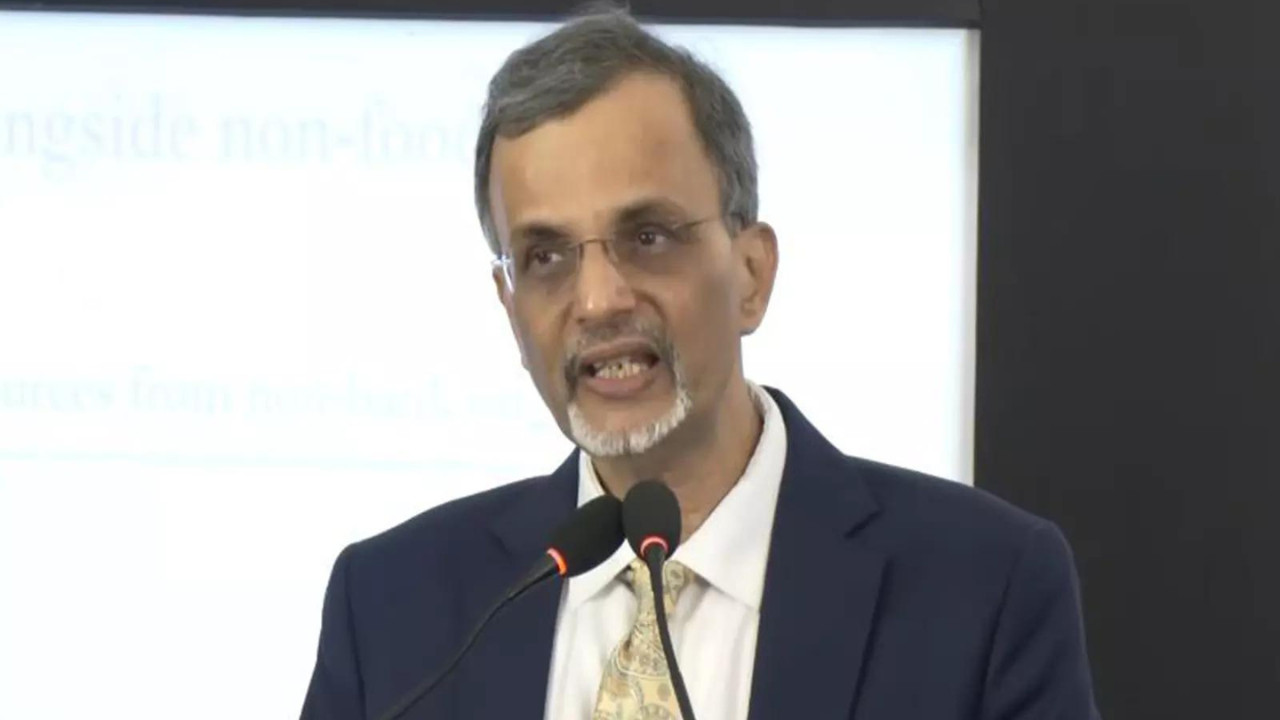The Great Indian Shuffle: How Migration is Reshaping Salaries and Homes
India’s story is one of constant movement. From bustling villages to shimmering metropolises, the flow of people seeking opportunity has always been a defining characteristic. But what’s particularly fascinating is the ripple effect this migration is having on the very fabric of our economic lives – our salaries and our homes. Forget dusty textbooks; let’s dive into the real-world implications of this great Indian shuffle.
We often talk about economic growth in abstract terms, GDP percentages and stock market fluctuations. But behind those numbers are millions of individual stories, families packing up their lives and venturing into the unknown in pursuit of a better future. This massive internal migration isn’t just changing demographics; it’s actively reshaping the economic landscape, pushing up salaries in certain sectors and fueling the ever-growing demand for housing in urban centers.
Salary Surge: The Rewards of Moving
Imagine you’re a skilled technician in a smaller town. Opportunities might be limited, and your earning potential capped. Now picture yourself moving to a booming tech hub like Bangalore or Hyderabad. Suddenly, you’re in high demand, competing for jobs with talent from across the country. The result? A significant bump in your salary.
This isn’t just anecdotal evidence. Recent surveys reveal a clear trend: migration directly correlates with increased earning potential. Companies are willing to pay a premium to attract and retain skilled workers, particularly in sectors experiencing rapid growth. This creates a virtuous cycle, drawing even more people to these urban magnets, further driving up wages. It’s a testament to the power of a dynamic labor market and the willingness of individuals to invest in their own potential by relocating.

But it’s not just about individual gains. This nationwide movement of talent fosters competition and innovation. Companies are forced to up their game to attract the best minds, leading to improved productivity and a more dynamic economy. This all ties into the larger conversation we’re having about skills development and the importance of aligning education with the demands of the modern workforce. Read more about our take on [the skills gap in the Indian workforce here](internal-link-to-related-article).
The Housing Hustle: Finding a Place to Call Home
Of course, this influx of people into urban areas has a significant impact on housing. As more people flock to cities in search of better opportunities, the demand for accommodation naturally skyrockets. This increased demand puts pressure on existing infrastructure, leading to higher rents and property values. It’s a simple supply and demand equation, amplified by the sheer scale of India’s population movement.
The pressure on housing is particularly acute in major metropolitan areas. The dream of owning a home, a cornerstone of the Indian middle-class identity, becomes increasingly difficult to achieve. This fuels the rental market, which in turn attracts investors looking to capitalize on the growing demand.
However, it’s not all doom and gloom. This increased demand also spurs innovation in the housing sector. We’re seeing the emergence of new housing models, from co-living spaces to micro-apartments, designed to cater to the needs of a young, mobile workforce. Developers are also increasingly focusing on affordable housing options, recognizing the need to address the housing challenges faced by a significant portion of the population.
This brings up a critical point about urban planning. Cities need to proactively plan for this influx of people, investing in infrastructure, transportation, and affordable housing options. Failure to do so can lead to overcrowding, strain on resources, and ultimately, a decline in the quality of life.
Navigating the Future: A Balanced Approach
India’s internal migration is a powerful engine of economic growth, but it also presents significant challenges. To harness its full potential, we need a balanced approach that addresses both the opportunities and the risks. This includes investing in skills development to ensure that people are equipped to succeed in the changing job market, as well as investing in infrastructure and affordable housing to accommodate the growing urban population. Successfully managing internal migration is key to ensuring sustained and inclusive economic growth for India. It’s about creating a system where everyone can benefit from the opportunities that migration offers, without exacerbating existing inequalities. This great Indian shuffle is far from over, and the choices we make now will determine the shape of our cities and our economy for generations to come.







